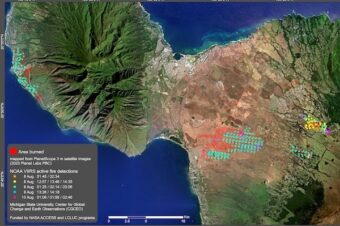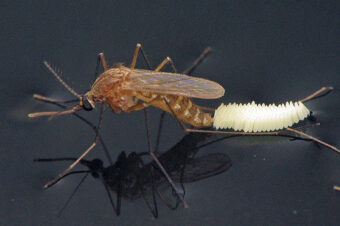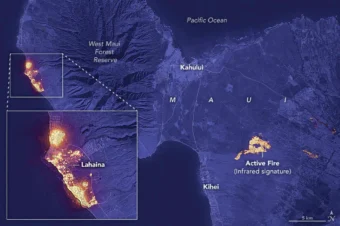bioRxiv: Prophylactic intranasal administration of a TLR2 agonist reduces upper respiratory tract viral shedding in a SARS-CoV-2 challenge ferret model
Pamela C. Proud, Daphne Tsitoura, Robert J. Watson, Brendon Y Chua, Marilyn J. Aram, Kevin R. Bewley, Breeze E. Cavell, Rebecca Cobb, Stuart Dowall, Susan A. Fotheringham, Catherine M. K. Ho, Vanessa Lucas, Didier Ngabo, Emma Rayner, Kathryn A. Ryan, Gillian S. Slack, Stephen Thomas, Nadina I. Wand, Paul Yeates, Christophe Demaison, David C. Jackson, Nathan W. Bartlett, Francesca Mercuri, Miles W. Carroll doi: https://doi.org/10.1101/2020.09.25.309914 This article is a preprint and has not been certified by peer review [what does this mean?].
Abstract:
Respiratory viruses such as coronaviruses represent major ongoing global threats, causing epidemics and pandemics with huge economic burden. Rapid spread of virus through populations poses an enormous challenge for outbreak control. Like all respiratory viruses, the most recent novel human coronavirus SARS-CoV-2, initiates infection in the upper respiratory tract (URT). Infected individuals are often asymptomatic, yet highly infectious and readily transmit virus. A therapy that restricts initial replication in the URT has the potential to prevent progression of severe lower respiratory tract disease as well as limiting person-to-person transmission.
We show that prophylactic intra-nasal administration of the TLR2/6 agonist INNA-051 in a SARS-CoV-2 ferret infection model effectively reduces levels of viral RNA in the nose and throat. The results of our study support clinical development of a therapy based on prophylactic TLR2/6 innate immune activation in the URT to reduce SARS-CoV-2 transmission and provide protection against COVID-19.
Read full research paper at: bioRxv
Read more about product implication from biotechnology company at: Ena Respiratory








Leave a Reply